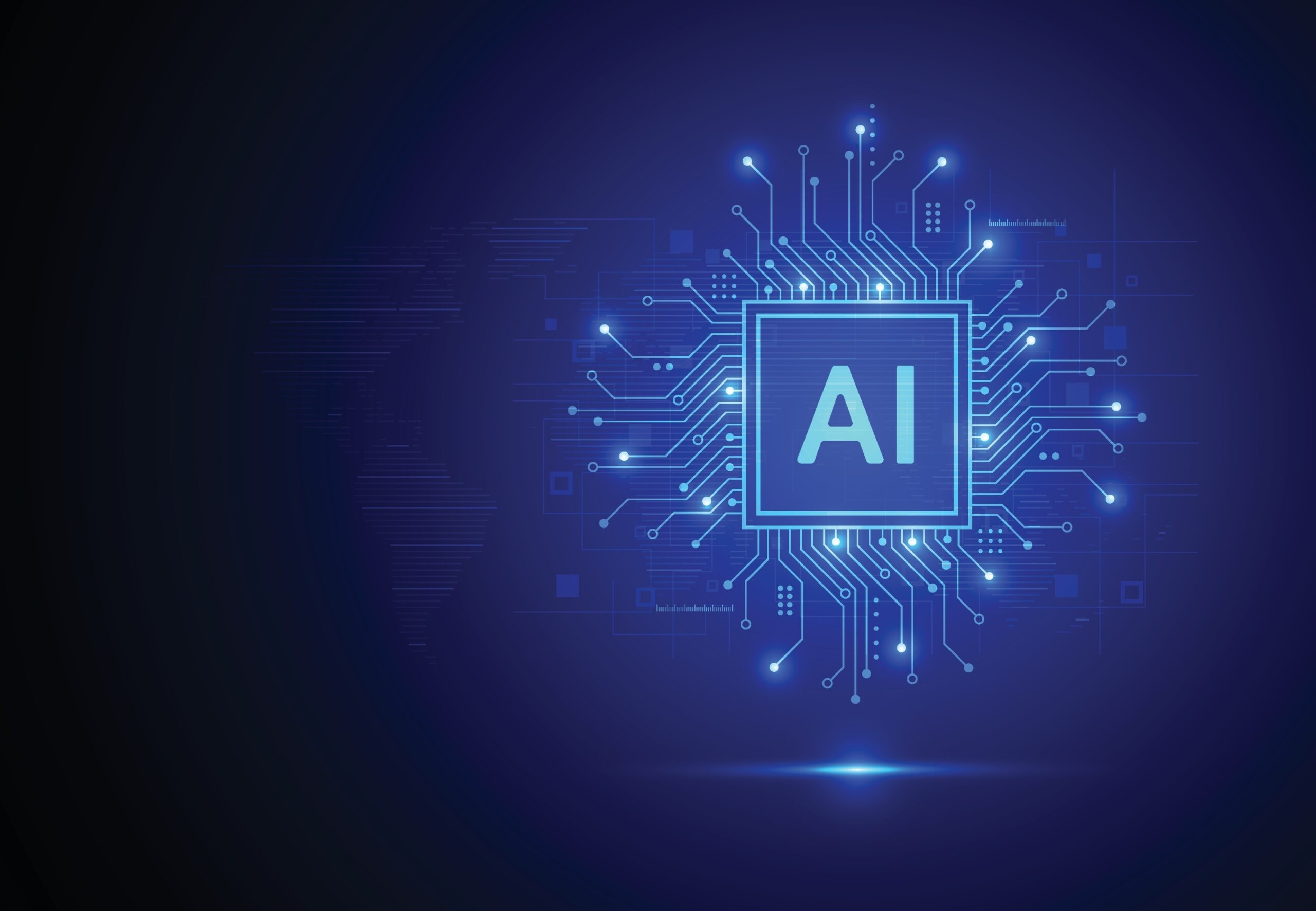Get to Know the Latest AI News
Est. 2025
OpenAI Launches GPT‑5
On August 7, 2025, OpenAI introduced GPT‑5 for developers, describing it as its smartest and most versatile model yet (openai.com). Built as a unified system with multiple internal models, GPT‑5 combines a “smart and fast” model for most questions, a deeper reasoning model for complex tasks, and a lightweight model for conversational use (simonwillison.net). This multi‑model architecture allows the system to dynamically switch modes based on task requirements, delivering high‑quality responses without the need for humans to choose between models.
The new AI system shines as a coding assistant. According to OpenAI’s system card, GPT‑5 scored 74.9% on SWE‑bench Verified and 88% on the Aider polyglot benchmark (openai.com). Developers can ask it to fix bugs, edit code, and answer questions about complex codebases, and it produces clear, well‑structured code. OpenAI notes that GPT‑5 is also better at following user instructions, maintaining context over longer conversations, and reducing hallucinations.
Open‑Weight Models Democratize AI
Just days before GPT‑5’s launch, OpenAI surprised the industry by releasing two open‑weight models—gpt‑oss‑120b and gpt‑oss‑20b—under an Apache 2 license. These models provide near state‑of‑the‑art reasoning capabilities while allowing developers to download and run the weights on their own hardware. Early benchmarks (reported by independent testers) show the 120‑billion‑parameter model matching or outperforming many proprietary large language models. The release has been hailed as a major step toward open and transparent AI, although some experts warn about potential misuse.
Amazon quickly announced that the open‑weight models are available through AWS, providing cloud‑based deployment options. Enterprise customers can now fine‑tune the models on private data and integrate them into applications without sending prompts to third‑party servers. The move underscores the growing demand for flexible AI deployments and competition among cloud providers to offer advanced language models.
Regulatory & Ethical Developments
August also saw significant regulatory developments. The European Union finalized the text of its AI Act, the world’s first comprehensive AI regulation. The act requires providers of high‑risk AI systems—including foundation models like GPT‑5—to conduct rigorous risk assessments, document training data, and provide model cards that explain capabilities and limitations. AI systems used for credit scoring, hiring, or biometric surveillance will need to meet strict transparency and safety requirements. The act is expected to take effect in 2026 after a phased implementation.
The United Kingdom’s AI Safety Institute published guidelines on “frontier model” evaluations, proposing standardized tests for alignment, robustness, and misuse resistance. The guidelines suggest that organizations developing models with more than 10 trillion parameters should cooperate with regulators and share safety results. In the United States, the National Institute of Standards and Technology (NIST) updated its AI Risk Management Framework, adding a new section on “adaptive systems” and recommending ongoing monitoring of deployed models for drift and bias.
Generative AI in Video & Multimodal Experiences
Beyond language models, August brought major advances in generative video. Stability AI unveiled a new text‑to‑video platform capable of producing 30‑second clips with consistent characters and backgrounds. The company said that its latest model targets three pain points at once—fidelity, duration, and controllability—so creative teams can iterate faster and keep stylistic consistency across shots. Generative video is poised to disrupt advertising, entertainment, and education, but it also raises concerns about deepfakes and the authenticity of content.
Google’s DeepMind revealed HyperWorld, a multimodal world simulator that blends text, audio, and images to create interactive environments. The system can generate virtual scenes based on natural language instructions—users can ask to explore a rainforest or build a medieval village. DeepMind claims HyperWorld could be used for game design, training simulations, and scientific research. Critics argue that such powerful generative tools require careful governance to prevent misuse and ensure representation fairness.
Corporate Reactions & Future Outlook
The corporate response to August’s AI news has been mixed. Tech giants such as Microsoft and Google rushed to integrate GPT‑5 into productivity suites, developer tools, and cloud services, promising smarter assistants and enhanced automation. However, many enterprise customers criticised OpenAI’s decision to deprecate GPT‑4o in ChatGPT, citing a “colder” tone in early GPT‑5 outputs and higher costs. After user backlash, OpenAI reinstated GPT‑4o alongside GPT‑5, illustrating the challenges of balancing innovation with user expectations.
Looking ahead, OpenAI CEO Sam Altman confirmed that GPT‑6 is in development and that the company is exploring multimodal capabilities beyond text. Meanwhile, rival models from Anthropic, Google, and Meta continue to advance, hinting at increased competition. As regulators and industry leaders debate safety standards, the next year will likely see a surge of open‑weight models, specialized agents, and new legal frameworks. For businesses and developers, staying informed about these changes is essential to leverage AI safely and effectively.



